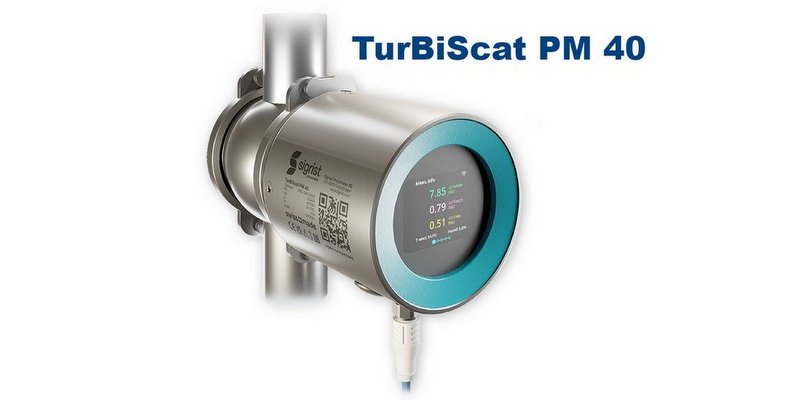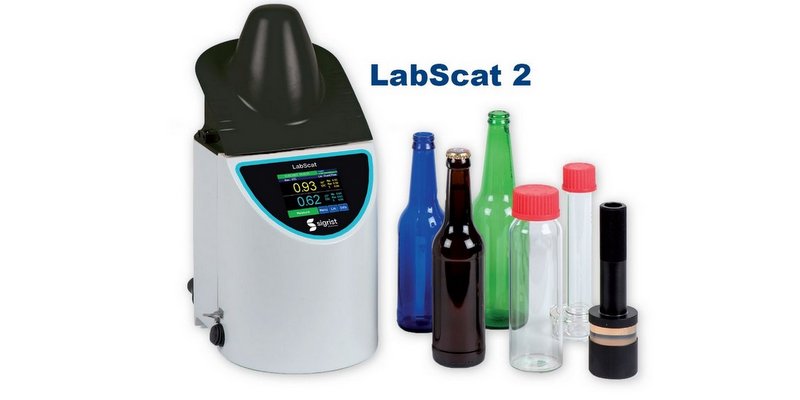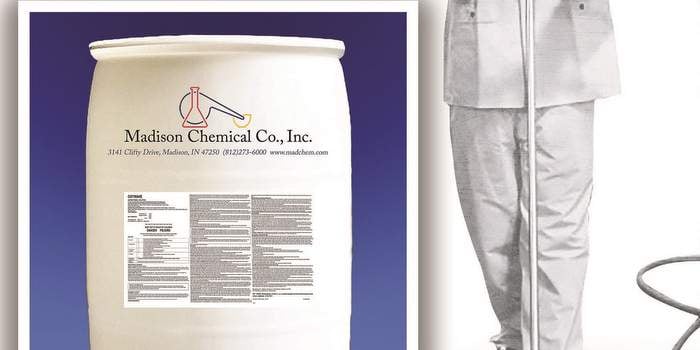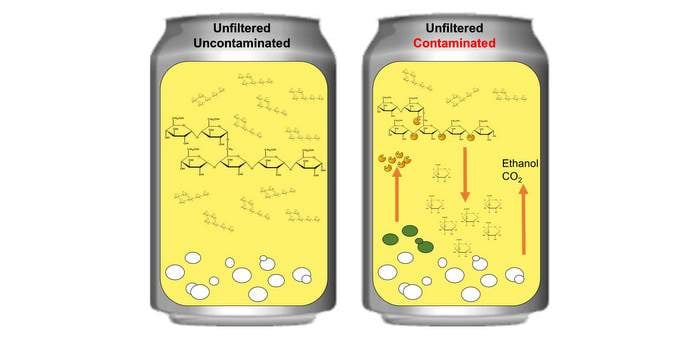
During the Master Brewers Association Conference in October, Gusmer announced its new distribution partnership with Sigrist-Photometer AG, a manufacturer of high-quality turbidity and color monitoring instrumentation for brewing applications. Gusmer is now the sole distributor in the U.S., Canada, and the Caribbean.
The timing couldn’t be better. As competition in the craft market segment tightens, quality and shelf stability have become increasingly more important. The ability to measure and determine turbidity in product, throughout the entire process, is a crucial indicator of quality and stability.
“Today, Sigrist offers the most comprehensive assortment of brewery turbidity measurement instruments for in-line and benchtop applications,” says Gusmer Product Manager Mike Miziorko.
For the uninitiated, Sigrist-Photometer AG is a pioneer of inline turbidity measurement, having developed their first instrument in 1946. Seventy-seven years later, Sigrist continues to manufacture high-quality, precision instruments on the same site in Ennetbürgen, Switzerland.
Let’s take a look!
Sigrist TurBiScat PM 40: What is it and who is it for?

Miziorko says this is ideal for breweries with a production of ~5000+bbl a year, but “really, any brewery which is packaging beer for distribution and is concerned with product quality and shelf stability.”
Sigrist TurBiScat PM 40 has the ability to measure and determine the turbidity of the product throughout the process, from hot wort all the way to packaged beer. It can help to pinpoint where potential quality and stability issues are occurring, making it easier to troubleshoot those issues.
Note the screen. It is eye-catching, but can also be accessed via smartphone or tablet
Applications include:
- Filtration monitoring in beverages including beer, fruit juices, spirits
- Supervision of centrifuges, separators, whirlpools in the beverage industry
- Turbidity measurement in oils, sugar solutions, food
- Integrated display with color touch screen display
- Optional detached display unit
- Variable display of measuring data graphs, process performance direct on point of measurement
Sigrist LabScat 2: What is it and who is it for?

Miziorko says the LabScat 2 is ideal for any brewery sending packaged beer into distribution channels and “any brewery using turbidity measurement at upstream points in the process.” LabScat 2 is the “final check” of the process.
Common issues with turbidity measurement, that LabScat helps check:
- measuring turbidity in cold bottles
- measuring turbidity in bottles with etching or flaws
- measuring turbidity in canned or kegged beer
- measuring turbidity in very dark colored beer
- measuring turbidity in high turbidity beers (e.g.: Hefeweizen, etc.)
“For measurement of beer in cold bottles, where condensation can affect the reading, or in bottles which may have imperfections in the glass, the LabScat 2 employs a water bath to mitigate interference from these elements,” Miziorko says. “Additionally, the rotation of the sample in the measurement chamber helps to ensure accurate readings.”
For the measurement of beer packaged in cans or kegs, an optional cuvette is available to contain the sample for measurement. For the measurement of high color and high turbidity beers, an additional, optional narrow diameter cuvette and calibration package are available.
The accelerated aging test is also cool.
“The instrument can be used to measure beer which has undergone an accelerated/forced aging test,” Miziorko explains. “The point is that LabScat 2 can show a difference between freshly packaged beer and beer that you have intentionally mistreated to give a better picture of how the beer could deteriorate, over time, in poor storage conditions, which makes it a valuable quality assessment tool.”
Lab Scat 2 is also the only bench-top instrument available that can measure at 2 angles, thereby giving values for coarse (potentially visible) turbidity and fine (typically invisible) turbidity, which could become visible as the beer ages.





Leave a Reply
You must be logged in to post a comment.